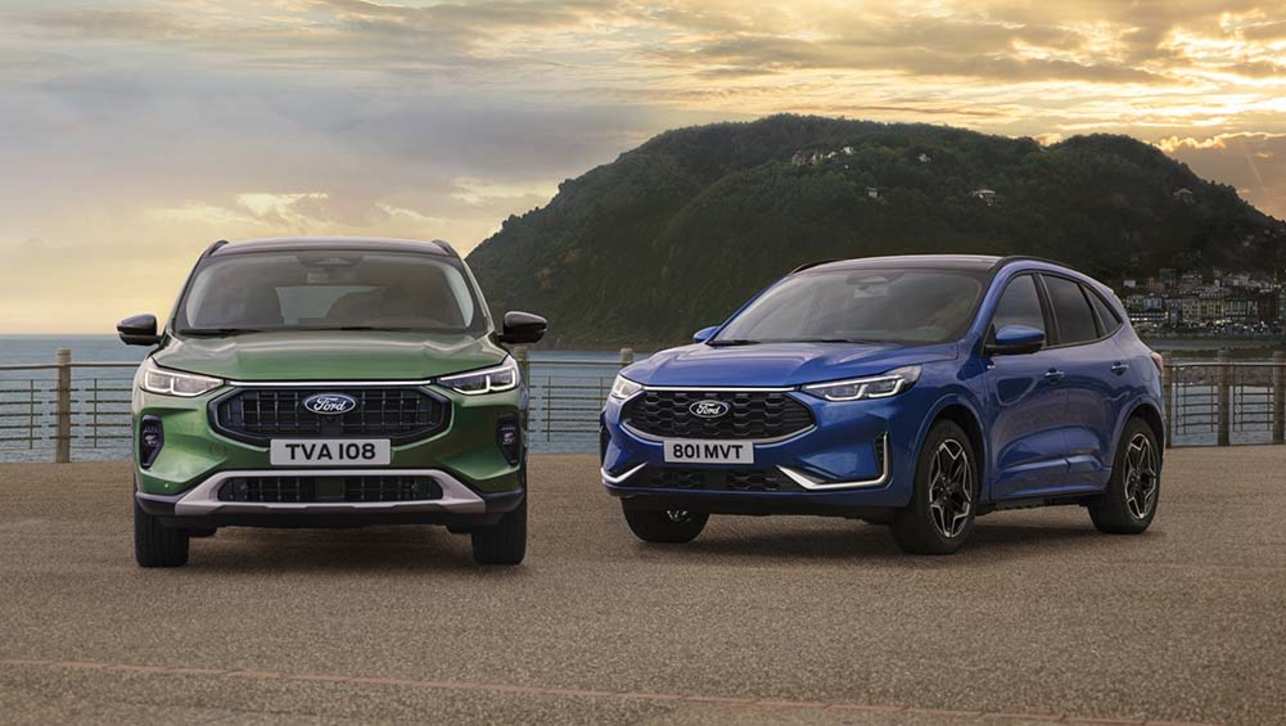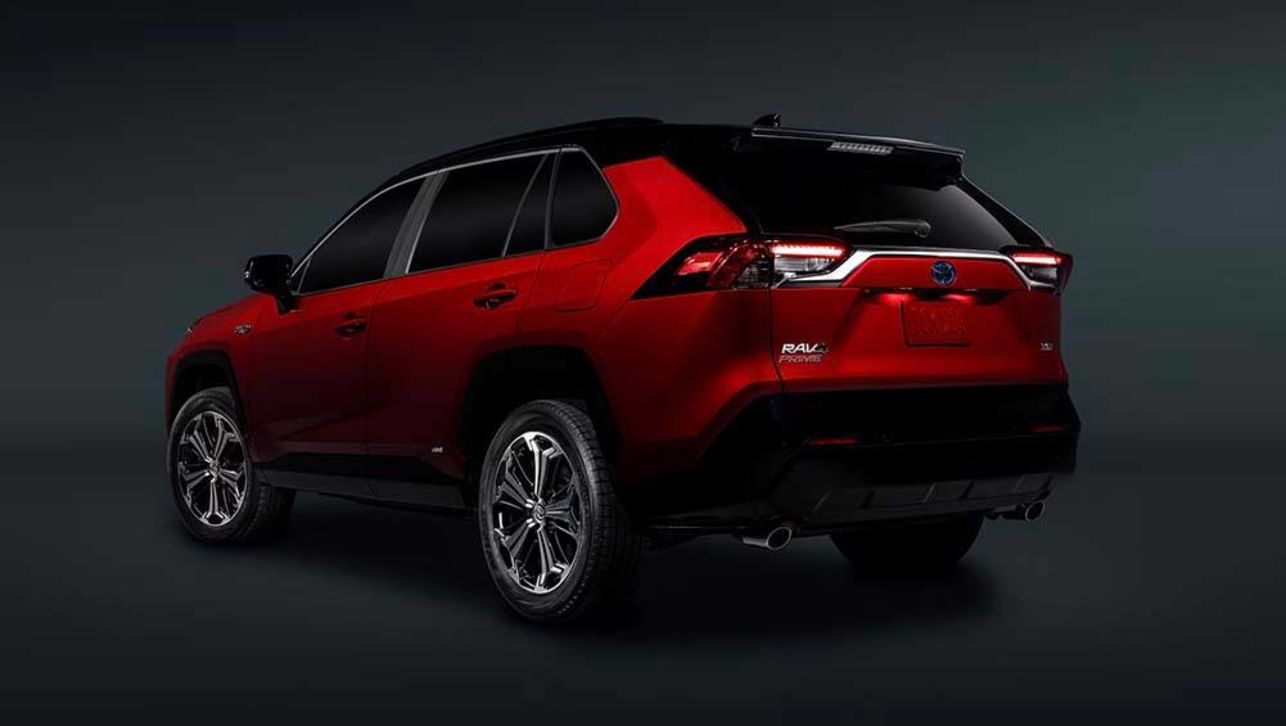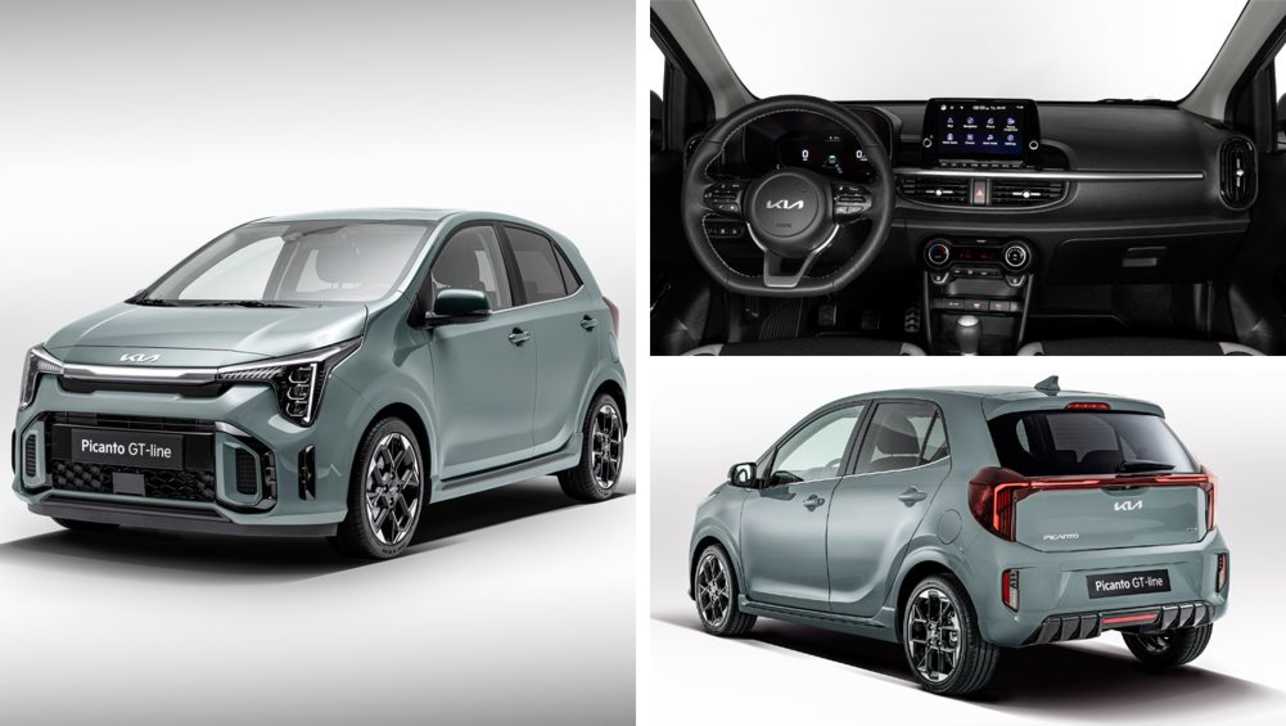With the ageing MG3 likely to vanish and the Suzuki Ignis’ future up in the air, Kia is set to take the high ground by offering the lowest-priced new car in Australia with the next Picanto.
In the pipeline now for a third-quarter launch, the 2024 Picanto will be an extensive facelift of the existing model that's now over six years old, but with changes that will keep the popular city car competitive.
The most obvious differences will be up front, with a bold new nose cone that connects the compact five-door hatchback with more-contemporary Kias like the coming EV9 electric car.
Spy shots reveal a variation of the brand’s signature ‘star map’ LED headlight themes as seen in last year’s Seltos SUV facelift, while a blanked-out grille surround could also be incorporated, to emphasise width and stance. A revised tail-light treatment and reprofiled bumpers are also expected.
Take a look at the latest version of the smaller, Korean-market Ray city car – that is actually related to the Picanto – as a possible visual reference.
Inside, new instrumentation and an updated multimedia system are likely to headline the main changes, which will probably also include fresh colours and trims, as well as a move to higher-quality materials to help keep buyers interested.
The 2024 Picanto is also in line for a safety upgrade, and should gain more-advanced driver-assist tech such as available blind-spot alerts and maybe even an adaptive cruise control option. Note that, unlike the MG3 and Ignis, important tech like autonomous emergency braking systems have been standard in Kia's smallest car for quite some time.
.jpg)
And what about what’s under the bonnet?
Kia is likely to stick with a version of the existing 62kW/122Nm 1.2-litre four-cylinder petrol engine in five-speed manual or four-speed automatic transmission guises, as they represent the lion’s share of Picanto sales.
What this means for the manual-only GT with its terrific 74kW/172Nm 1.0-litre three-pot turbo remains to be seen.
Given the age of the current JA model – it was launched here in early 2017 and revised with a minor makeover in 2021, making the 2024 facelift the third change in seven years – the next Picanto’s pricing is likely to be contained, despite the obvious specification improvements outlined earlier. Much of its development costs have already been amortised.
.jpg)
While Kia Motors Australia product planning manager Roland Rivero declined to discuss future product, he did reiterate the importance of the Picanto line-up in this country, particularly as rival cheapies seem set to abandon the sub-$20,000 segment altogether.
“It’s going to be here for a long time yet,” he told CarsGuide this week.
“We’re not afraid as a brand, even though we’re pushing upmarket. We have no concerns about having a product like Picanto in our range. Frankly we do not see any negatives. We fought hard to bring Picanto to market and we have no desire to say farewell to it.”
Finally, with the next-generation Rio to be left-hand-drive only and out of Mexico for global consumption, the Picanto has to step up and fill the void in the B-segment supermini market.
.jpg)
According to Mr Rivero, it is perfectly positioned for consumers as their first of many Kias as they move through life.
“They buy into the low price and seven-year warranty and then move on to something bigger and better like a Sportage," he said. "The Picanto is a journey for people to stick with the brand.”
Released in Europe back in 2003, the original Picanto was not sold here, but went on to really cement Kia’s position as a maker of progressive yet affordable cars for the masses.
The second-gen TA series debuted in 2011 elsewhere, but only arrived in Australia late in its model cycle in 2016, to pave the way for today’s model just one year later.
_0.jpg)
In 2022, Kia shifted nearly 5200 units in Australia, which was down 21 per cent on the previous year’s efforts due to stock shortages (but on a par with the Mazda2), and some 11,000 units behind the best-selling MG3. The Ignis, which is classed as a light SUV, managed to find nearly 1900 buyers.
With Kia staying true to its roots with a modern, affordable city car, yet paving the way globally with striking all-electric game-changers like the EV6 and EV9 seven-seater that broach the $100,000 mark, it is obvious the brand wants to be all things to all people.




.jpg)







.jpg)





.jpg)



.jpg)

.jpg)
.jpg)


.jpg)
.jpg)
Comments